Python for IoT Development: Building Connected Devices with MicroPython and Zerynth



The Internet of Things (IoT) is reshaping the ways in which devices interact, process data, and make decisions independently. Smart home systems and industrial automation are part of growing shifts in innovation, as IoT rapidly becomes an architect for digital progress. At the same time, the increased demand for connected systems also creates an increased demand for programming languages that are flexible, concise, and developer-friendly.
That’s where Python excels. Due to its simplicity, readability, and vast ecosystem, Python as a programming language for IoT development is becoming the go-to for both startups and engineers alike. Its integration capabilities, the variety of libraries that support it, and its adaptability to microcontrollers makes it a leading programming language within the field of IoT software development.
In this paper, we will discuss how the two Python-based frameworks, MicroPython and Zerynth, are changing IoT development, and how Wavy Informatics can help companies capitalize on their tools to build smart and data-driven ecosystems. As technology grows, even services like a drupal development company contribute to modern digital transformation.
While MicroPython is specifically for microcontrollers, Zerynth aims to enhance Python in industrial industrial IoT systems and/or systems with cloud integration. Zerynth allows developers to program 32-bit microcontrollers in Python and connect them directly to a cloud infrastructure.
Simplifies the IoT software development process among heterogeneous hardware.
PRE-built APIs for processing sensor data, networking, and cloud analitics.
Faster development time on a timely basis but relatively reliable in an industrial capacity.
As IoT devices connect many thousands of endpoints, the optimization of performance and security become business-critical goals. Thankfully, Python has an abundance of tools and practices to provide performance and secure reliability for IoT and IIoT devices.

Using these practices, we can be sure the Python-based IoT’s framework is both performant and secure in the real-world.
As the Internet of Things (IoT) continues its evolution, Python’s engagement in smart technology environments is only likely to deepen. Growing trends are changing how connected devices are created, deployed, and overseen.
In combination, the trends indicate Python will still be a pivotal development language relevant to app development for IoT while carrying both developments and enterprises forward to an innovative future.
Because it’s simple, fast to develop, and has powerful libraries for sensors, data, and connectivity.
They allow Python to run on microcontrollers and industrial devices, making IoT development faster and easier.
Yes, Python supports AWS IoT, Zerynth Cloud, Azure IoT, and more for seamless device connectivity.
Smart homes, manufacturing, healthcare, logistics, and agriculture benefit the most.
By offering complete Python IoT development—firmware, cloud integration, analytics, and security.
Wavy Informatics combines ingenuity with execution. A prominent IoT application development company, the firm prides itself on providing Python-based IoT ecosystems that connect devices, mine insights, and deliver business intelligence.
Python IoT Development: Application design and development from concept to completion using MicroPython, Zerynth, and Raspberry Pi preparation.
Custom IoT Solutions: Firmware, edge analytics, and sensor network infrastructures catered for each application.
Data-Driven Automation: Merging IoT with AI, cloud, and analytics to create systems that self-optimize.
Security and Scalability: Making sure every IoT device is secure and can scale when required.
Partner with Wavy Informatics to turn your IoT vision into reality – through their Python-powered, secure and scalable solutions that transform data into meaningful action.